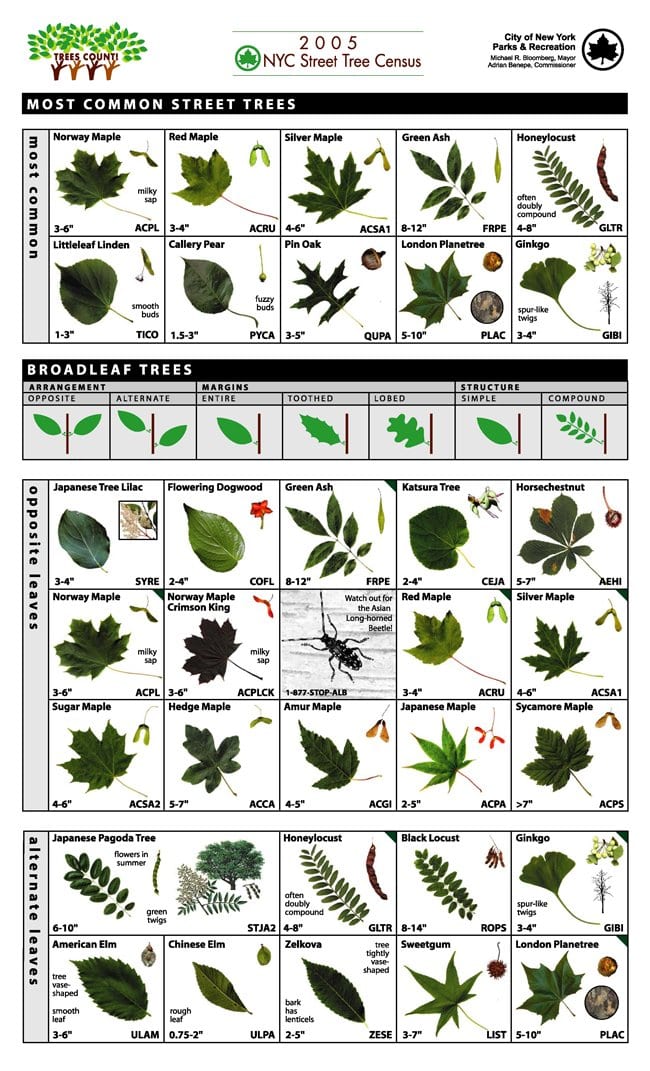


Trees of North America: A Guide to Field Identification, Revised and Updated by C. Trees, Leaves & Bark (Take-Along Guide) (Paperback) by Diane Burns If you don’t have one, here are some examples of tree identification guides. You can also trace the outline of dried leaves from the same tree. Considering where the tree grows can be quite helpful, especially for sites. Using fallen leaves takes special care to make sure the leaves fell from the tree that you’re looking at. Use multiple samples from the same tree to get an average appearance. Hold the paper as firmly as possible for the best results. Naturally, some tree species have variable leaf characteristics, so be cautious. The bumps and grooves in the bark will be revealed. Each 2 x 10 card features a color image of the bark and a realistic cutout of the leaf. Place the paper on the trunk of a tree and rub the crayon over the surface. This superb, extremely popular guide covers 47 North American trees. You can also take some paper and crayons along and let your child make a few bark rubbings. The texture of the bark, the shape of the branches, even the leaf scars on the twigs. Once the trees have lost their leaves, other aspects of their structure are revealed.

Children really enjoy this if you treat it like a game.ĭuring a quiet moment, have your children take a good look at the trees. Look for nuts and seeds to match with the trees that produced them, as well. You might start with some trees you know just to see how it works. First identify the leaf by it’s shape and then find the tree by it’s bark pattern and general shape. Instead, find leaves on the ground and try to figure out which tree they came from.Īll you need is a good tree identification guide that shows both leaf shape and bark patterns. Have the leaves come off the trees in your area yet? If so, it’s a great time to take your children out and try to put the leaves back on the trees.


 0 kommentar(er)
0 kommentar(er)
